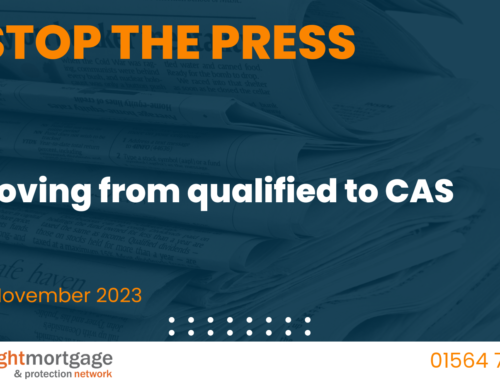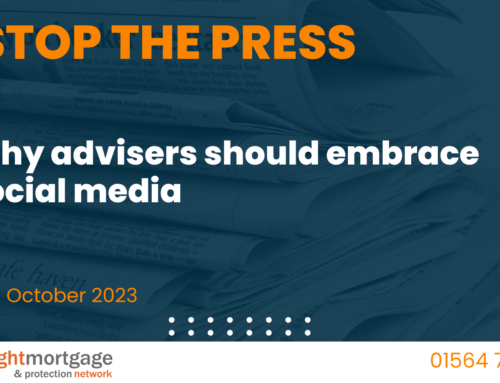If it’s not in your diaries already then 16 March is certainly a day to be aware of. For those that don’t already know, this is the date of the Budget and, as far as all buy-to-let stakeholders are concerned, it is a day when we should gain some clarity around the Chancellor’s ongoing plans for the sector. To say, that the anticipation is building would be something of an understatement…and this is not even taking into account any potential new changes to the buy-to-let market that might also be announced.
There’s no doubting that, in terms of the forthcoming changes which will affect landlords and the buy-to-let market as a whole, Osborne is under pressure. Just this week, the highly influential Treasury Select Committee (TSC) effectively took the Chancellor to task for his policies which, it said, could have “a substantial effect
Effectively, the TSC was talking about the measures potentially taking supply out of the private rental sector, which is relied upon by so many individuals, and the ongoing impact this would have on, for example, labour mobility, employment, economic activity and productivity. This was not a statement which stood back from the potential consequences of such a move and one wonders how much Osborne will take on board, when we hear further details on these measures next month.
Indeed, there has been so much ‘noise’ around both the 3% stamp duty increase and the changes to mortgage tax relief and taxation for landlords (due to be introduced next year) that, one might hope, there would have been some serious deliberation at the Treasury. Certainly, the numerous responses to its consultation on the increase in stamp duty for additional properties would (I suspect) hardly make positive reading. I doubt very much whether there would be many in support and, even those that might be, will undoubtedly be worried about the timescale of such changes.
Take the conveyancing sector, for instance, whose trade body champion, The Conveyancing Association (CA) recently set out a number of potential consequences for its industry and firms, not least the incredibly short turn-around time for systems and processes to be developed and introduced. As you’ll no doubt know, the final rules are due to be published on Budget Day and only a little over two weeks later the 3% increase chnage is due to be introduced.
Add in other worries around specific cases which could fall in, or out, of the rules – separating couples, parents helping children, etc – plus the role of the conveyancing firm itself in having to determine when the extra stamp duty should be paid, and it is perhaps no wonder that conveyancing firms may not be too enamoured of the role they are going to have to play.
One can’t help wondering if Osborne might be having second thoughts about further stamp duty changes altogether. After all, it was recently suggested that the Treasury had lost somewhere in the region of £600m-plus in stamp duty revenue receipts as a result of the slowdown in high-end property transactions. This comes after the slab stamp duty system was changed, meaning those purchasing over £1m properties would pay far more in tax than under the old system. This is widely thought to have contributed to the lower number of transactions in that space.
With the buy-to-let stamp duty changes, Osborne is no doubt counting on a) the number of landlord transactions holding up, and b) any gap that is created being filled by an increase in first-time buyer purchase numbers. However, as I think we all know, this seems rather naïve – we only have to look at key markers such as the deposit levels required by first-timers, the affordability obstacles they have to overcome, and an ongoing lack of high LTV loans and appetite from mainstream lenders, to see there is unlikely to be a one-for-one trade-off.
So, might Osborne perform something of a u-turn? It’s unlikely. He might even be intent on following the advice of his political idol, Margaret Thatcher, who once said: “You turn if you want to; the lady’s not for turning.” However, it’s not as if Osborne doesn’t have form for “listening” and “responding” which is political spin for changing his mind. Think of just last year in his Autumn Statement with his u-turn on the cuts to tax credits, not forgetting the infamous ‘Pasty tax’ u-turn, and numerous others, back in 2012.
There is a precedent here but will it happen again? I tend to think not. I believe the most we might hope for is a change of the implementation date to allow some more time for the market to get its house in order. But might they simply think this will just exacerbate the so-called ‘rush-to-let’ when it might be better to put a line in the sand straight away? Perhaps there will be some tweaks and amends made to the initial policy – the consultation certainly looked like it was heading that way with thoughts requested on whether individual portfolio landlords might be spared the increase in stamp duty, like corporate entities. What figure is put on the number of properties though is anyone’s guess? It’s an arbitrary 15 at the moment and could change to an equally arbitrary number.
What we do know is that on 16 March we will all be taking a big interest in what Osborne and his team deliver; we all know that these decisions will shape the buy-to-let market for some time to come.
Bob Young is chief executive officer of Fleet Mortgages






